The phrase apoptosis vs cell division captures a core struggle within our bodies, one played out billions of times every day. It’s the story of life and death at the cellular level, a constant balancing act between growth and self-destruction. This equilibrium is the foundation of healthy tissues and organ function, and the consequences of its disruption can be devastating.
Table of Contents
Read More
The delicate dance between apoptosis vs cell division is fundamental to the health and functionality of all multicellular organisms. It’s a constant push and pull, a cellular balancing act that dictates whether tissues grow, maintain themselves, or wither away. Understanding this equilibrium is not merely an academic exercise; it is crucial for comprehending and potentially treating a vast array of diseases, from cancer to neurodegenerative disorders.
The Core Principles of Life and Death at the Cellular Level
The very essence of life in complex organisms hinges on the precise regulation of cell numbers. This regulation is primarily achieved through two opposing processes: cell division, or proliferation, and programmed cell death, known as apoptosis. These two processes are not independent events; they are intimately linked and constantly communicating, forming a dynamic system that maintains tissue homeostasis. The implications of this balance, or lack thereof, are profound, impacting everything from embryonic development to the aging process.
Cell Division: The Engine of Growth and Repair
Cell division is the process by which a single cell divides into two or more daughter cells. This is the cornerstone of growth, repair, and reproduction in all living organisms. The mechanism involves the duplication of the cell’s genetic material, followed by the physical splitting of the cell into two identical (or nearly identical) daughter cells. This process, often referred to as mitosis, is tightly regulated to ensure that each new cell receives a complete and accurate copy of the genetic code.
The control of cell division is a complex process that is influenced by a variety of factors, including growth factors, cell cycle checkpoints, and the cell’s internal state. Dysregulation of this process can lead to uncontrolled cell growth and the formation of tumors. The cell cycle is carefully monitored to ensure that the DNA is properly replicated and that the cell is ready to divide. This meticulous monitoring ensures that the new cells are healthy and viable.
When a cell divides, it must also ensure that its resources are sufficient to support the daughter cells. This includes the provision of nutrients, energy, and other essential molecules. The cellular machinery responsible for cell division is highly complex, involving numerous proteins and other molecules that work in concert to orchestrate the process. Understanding this intricate process is essential for comprehending how tissues grow and adapt to changing conditions, as well as the mechanisms that can lead to disease.
Apoptosis: The Cellular Suicide Program
Apoptosis, or programmed cell death, is an essential process for maintaining tissue homeostasis and eliminating damaged or unwanted cells. Unlike necrosis, which is a form of cell death caused by external factors like injury or infection, apoptosis is a highly regulated and controlled process. It involves a series of biochemical events that lead to the orderly dismantling of the cell, preventing damage to surrounding tissues.
The process of apoptosis is triggered by a variety of internal and external signals, including DNA damage, cellular stress, and developmental cues. Once triggered, apoptosis involves the activation of a cascade of enzymes called caspases, which are responsible for dismantling the cell from within. The cell shrinks, its DNA is fragmented, and it is broken down into small fragments that are then engulfed by phagocytes, preventing any inflammatory response.
Apoptosis plays a critical role in development, removing cells that are no longer needed, such as those between fingers and toes during embryonic development. It is also crucial for eliminating cells that are infected with viruses or have undergone DNA damage, thus preventing the spread of disease or the development of cancer. Dysregulation of apoptosis can lead to a variety of diseases, including cancer, autoimmune diseases, and neurodegenerative disorders.
Molecular Orchestration of Cellular Fate
The decision between cell division and apoptosis is not arbitrary; it is dictated by a complex network of signaling pathways and molecular interactions. This network acts as a cellular decision-making system, constantly assessing the cell’s internal and external environment to determine its fate. This system is regulated by a variety of factors, including growth factors, DNA damage, and cellular stress.
The Role of p53: Guardian of the Genome
The p53 protein is a crucial tumor suppressor that acts as a guardian of the genome. It is activated in response to DNA damage or cellular stress, and its primary role is to prevent the propagation of damaged cells. The p53 protein can initiate cell cycle arrest, allowing the cell to repair the damage, or it can trigger apoptosis if the damage is too severe. This dual role makes p53 a critical player in preventing cancer development.
When DNA damage is detected, p53 becomes activated and accumulates within the cell. It then binds to specific DNA sequences, regulating the expression of genes involved in cell cycle arrest, DNA repair, and apoptosis. This complex regulatory network ensures that cells with damaged DNA are either repaired or eliminated, preventing the accumulation of mutations that could lead to cancer. Its ability to induce apoptosis is especially important in eliminating cells that cannot be repaired.
Mutations in the p53 gene are among the most common genetic alterations found in human cancers, highlighting its critical role in tumor suppression. Loss of p53 function allows cells with damaged DNA to proliferate, increasing the risk of developing cancer. The study of p53 and its associated pathways is, therefore, a major focus of cancer research, with the aim of developing new therapies that target this crucial protein.
Growth Factors and Signaling Pathways
Growth factors are signaling molecules that promote cell division and survival. They bind to specific receptors on the cell surface, triggering a cascade of intracellular signaling events that ultimately lead to cell proliferation. These pathways are tightly regulated to ensure that cell division occurs only when and where it is needed. These pathways often involve the activation of kinases and transcription factors.
The balance between growth factor signaling and apoptosis is crucial for maintaining tissue homeostasis. When growth factor signaling is dominant, cells are more likely to divide and survive. Conversely, when apoptosis-inducing signals are dominant, cells are more likely to undergo programmed cell death. This balance is dynamically regulated by a variety of factors, including the availability of growth factors, the presence of DNA damage, and the cellular environment.
Dysregulation of growth factor signaling pathways can lead to uncontrolled cell growth and the development of cancer. For instance, mutations that activate growth factor receptors or downstream signaling molecules can promote cell proliferation, even in the absence of external growth factors. Understanding these signaling pathways is therefore essential for developing effective cancer therapies that target these pathways and restore the balance between cell division and apoptosis.
Key Takeaways: The Delicate Balance in Action
The interplay of apoptosis vs cell division is a fundamental concept in biology, vital for understanding both normal development and the pathogenesis of numerous diseases. The ability of cells to self-destruct through apoptosis, or to proliferate through cell division, is not a random occurrence; it’s a tightly regulated process. It’s orchestrated by a complex network of molecular signals, including growth factors and tumor suppressors, such as p53.
Dysregulation of these processes, such as in cancer, highlights the critical importance of this cellular balancing act. Future research will continue to unravel the intricacies of these mechanisms, leading to improved treatments for diseases where this balance is disrupted. The continuous study of these processes will be crucial in developing novel therapeutic strategies.
| Process | Function | Regulation |
|---|---|---|
| Cell Division | Tissue growth, repair, and reproduction | Growth factors, cell cycle checkpoints, internal state |
| Apoptosis | Elimination of damaged or unnecessary cells | DNA damage, cellular stress, developmental cues |
We also Published
RESOURCES
- Fluidization of tissues by cell division and apoptosis | PNAS
- Cell Cycle and Apoptosis – PMC
- Cell cycle and apoptosis
- Apoptosis and tissue thinning contribute to symmetric cell division in …
- Survivin, versatile modulation of cell division and apoptosis in cancer
- 55749 – Gene ResultCCAR1 cell division cycle and apoptosis …
- CCAR1 – Cell division cycle and apoptosis regulator protein 1 …
- Apoptosis
- Extracellular Control of Cell Division, Cell Growth, and Apoptosis …
- Stem cell proliferation is induced by apoptotic bodies from dying …
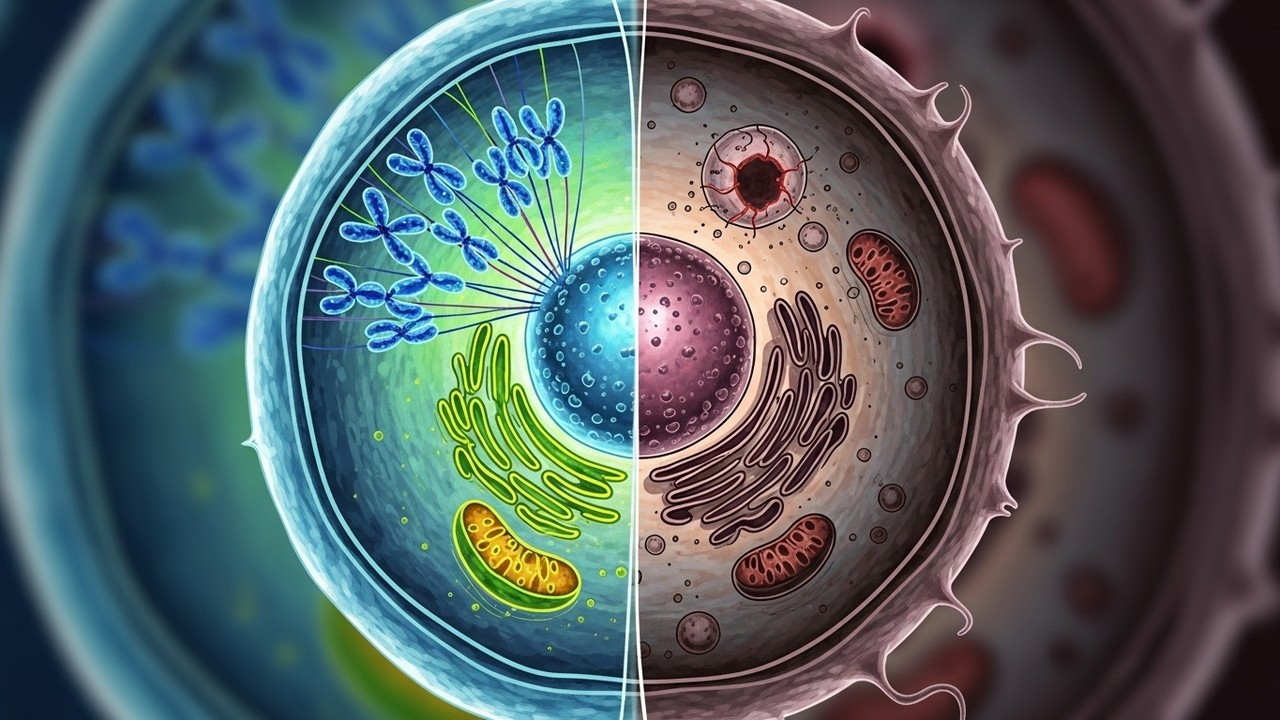
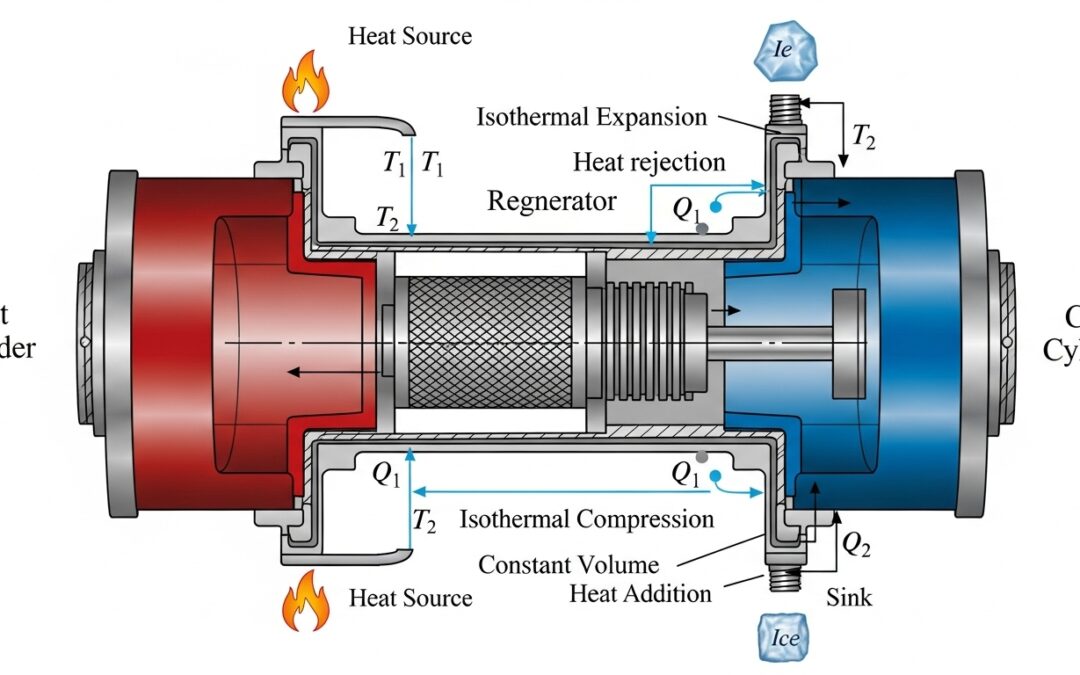


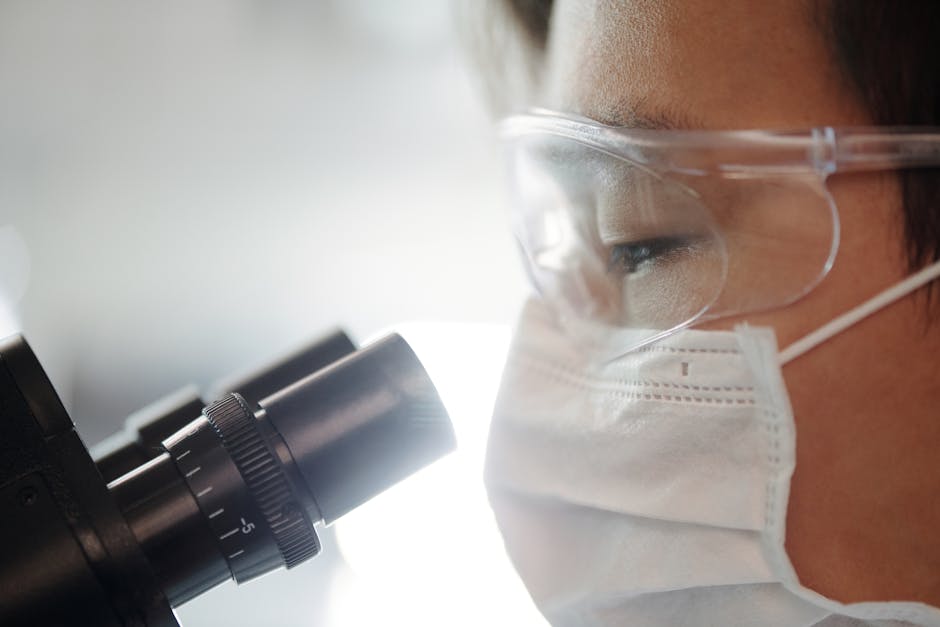
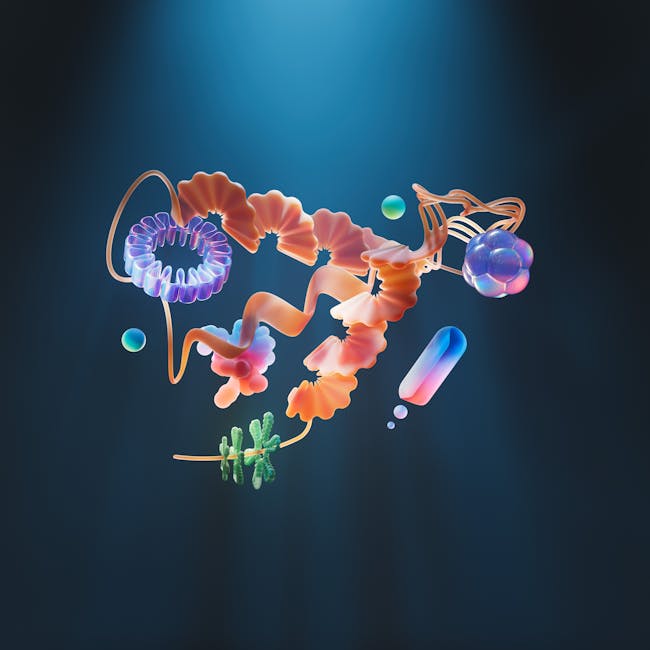
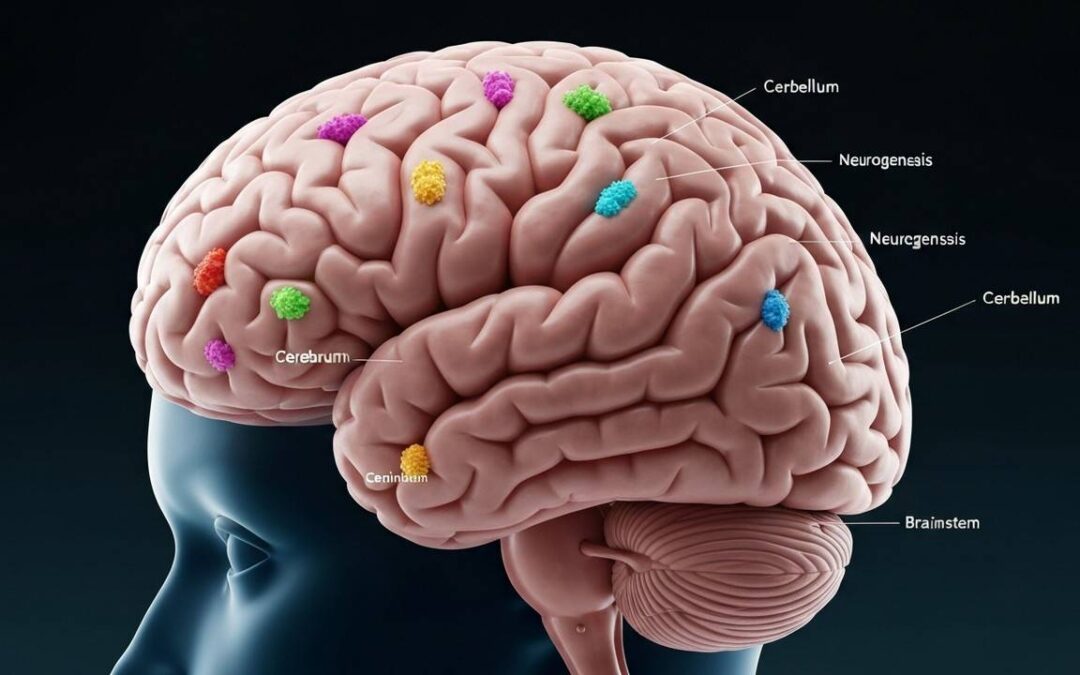
0 Comments